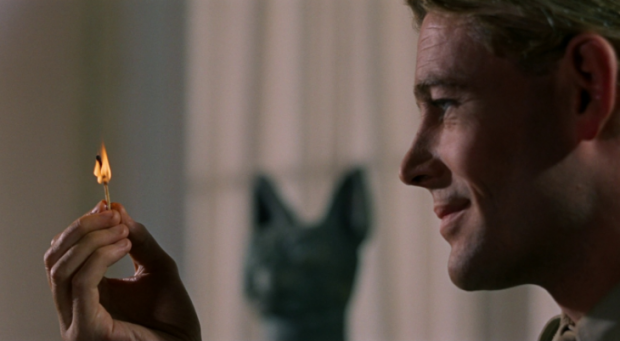
The trick, William Potter, is not minding that it cuts. Maestro director David Lean is renowned for his remarkable skills as a director, helming massive feats of cinema such as Lawrence of Arabia and The Bridge on the River Kwai. What seems to be less remarked upon regarding the director, it seems, is his knack for the edit. A video essay by Andrew Saladino delves into the often seamless, don’t-focus-on-it-and-you-won’t-notice-it style of editing that often runs throughout Lean’s work.
Fond of audio bridges, Lean would often seamlessly blend a transition with music, diegetic sound(s), or a combination of the two. These make for effortless flow throughout the narrative, guiding audiences through his worlds. However, he was just as good at jarring the audience when needed: building sounds in a particular scene and then dropping all of them on the cut. This style of edit the audience feels more viscerally, taking retrospective note of the aural chaos in the previous scene, and the juxtaposed tranquility — or leftover menace — of the current one.
Lean is a highly respected director, surely not overlooked in Top Director’s lists and discussions of the craft’s finest offerings. However, it is interesting to focus on aspects that are maybe glanced over in these dissections and ruminations, aspects which are just as important as the ones noted. See the full essay below through The Royal Ocean Film Society, which also discusses graphic matches and more visually-focused cutting.

